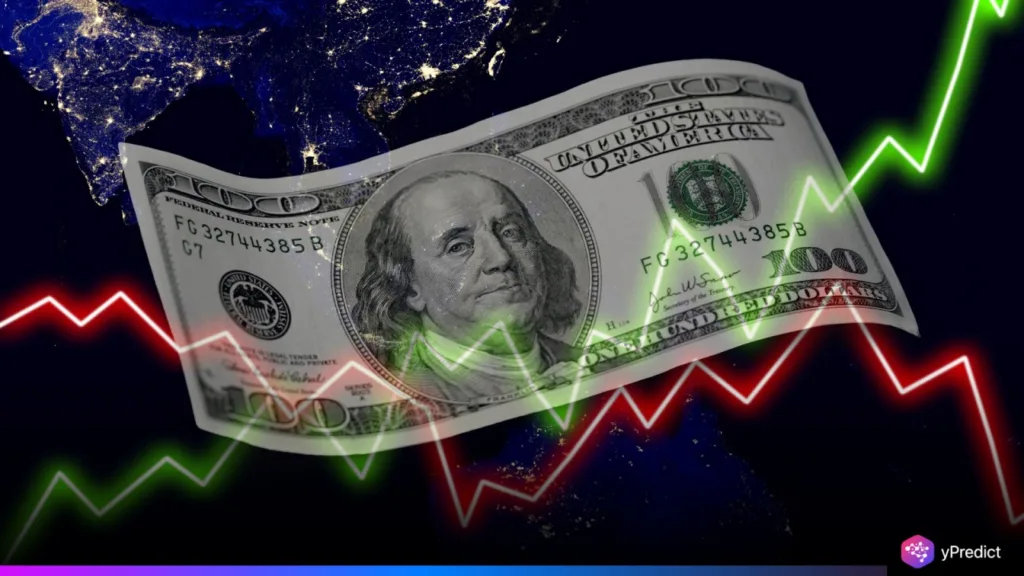
Global markets edged higher on Wednesday as a tentative truce between Israel and Iran eased geopolitical tensions, prompting a cautious return to risk assets. The ceasefire lifted investor sentiment across equity markets while safe-haven demand for the U.S. dollar and Treasury yields declined. Oil prices also retreated from recent highs, reflecting reduced concerns over supply disruptions in the Middle East. However, optimism remains tempered by doubts over the durability of the ceasefire. Investors are now shifting focus toward key macroeconomic indicators, including U.S. inflation data and Federal Reserve policy signals, which could further influence global financial markets.
Markets Rally as Ceasefire Lifts Risk Appetite
Reuters reports that global markets rallied on Wednesday as investors welcomed a ceasefire between Israel and Iran, easing broader conflict concerns. The truce also eased fears of potential disruptions to energy supplies, lifting sentiment across key global financial markets. In Europe, the Stoxx 600 rose 0.2% in early trade, reflecting cautious optimism among investors.
U.S. futures for the S&P 500 and Nasdaq held steady after strong overnight gains driven by technology shares. The Nasdaq Composite surged 1.4%, while the S&P 500 and Dow gained over 1%, marking four-month closing highs.
Asian equities also performed well. The Nikkei added 0.4%, Hong Kong’s Hang Seng rose about 1.3%, and China’s CSI 300 climbed 1.44% to its strongest level since March. Taiwan’s benchmark was up 1%, while Australian and South Korean indices posted more modest gains. MSCI’s global stock index stayed near record highs after pushing higher overnight.
Dollar Under Pressure as Oil Rebounds and Fed Bets Build
The U.S. dollar remained on the defensive Wednesday, weighed down by softer oil prices and growing expectations of Federal Reserve policy easing. The euro hovered near $1.1640, its strongest level since late 2021, while the dollar index stayed subdued around 98. Against the yen, the greenback slipped slightly to 144.70.
Bond markets reflected the cautious mood, with two-year U.S. Treasury yields slipping to 3.78%, their lowest since early May, as investors priced in potential Fed rate cuts by September. While a July move remains unlikely, easing inflation pressures and stabilising oil prices have strengthened expectations of policy easing.
In commodities, oil recovered modestly from earlier losses. Brent crude rose about 2% to $68.43 per barrel, and U.S. West Texas Intermediate reached $65.60. Despite these gains, both benchmarks remained close to multi-week lows as concerns about immediate supply disruptions faded. Gold also edged higher, with spot prices near $3,328 per ounce, as investors sought safe-haven assets amid ongoing market uncertainty.
Israel-Iran Ceasefire Holds, But Risks Linger
The ceasefire between Israel and Iran has held so far, but tensions remain high. Israel has vowed to retaliate if missile attacks resume. U.S. intelligence reports say recent airstrikes only delayed Iran’s nuclear program, contradicting President Trump’s claim that it was “obliterated.”
Despite the uneasy peace, markets appeared largely indifferent to the possibility of a limited conflict involving airstrikes. Analysts highlighted that investors are more focused on the potential for a wider regional war that might draw deeper U.S. military involvement or trigger disruptions in oil shipments through the Strait of Hormuz. For now, those threats seem contained.
Attention Turns to Fed as Growth Signals Weaken
With geopolitical tensions easing, attention turned to U.S. monetary policy. Fed Chair Jerome Powell told Congress that rising tariffs could push inflation higher by summer, a key factor as the central bank considers rate cuts. A drop in June consumer confidence pointed to slowing growth and a softer labour market. Bond yields fell, with the two-year Treasury at 3.78%, while the dollar stayed weak near a four-year low against the euro. Markets see limited chances of a July cut but increasingly expect easing by September.







